
Read or listen offline
Amazon KindleRecommendation
Reading this volume is a bit like panning for gold: You have to sift a lot of dust to find the nuggets, but it is worth it when you do. The reason for the dust and the payoff: This is a collection of academic essays. That means you’ll find an abundance of social science jargon, competing terms for similar theories and extensive source citations – but you’ll also find sound chapters based on exhaustive, rigorously sorted research that has been analyzed with focus and honesty. Several of these treatises offer advice to organizations about ways to improve their diversity programming. Others cut through some of the ideological buzz surrounding diversity and candidly articulate how being committed to diversity can both enrich and complicate organizational life. getAbstract recommends this compilation, despite its often dense academic prose, to anyone responsible for a diversity program, to human resources officers, and to those interested in teams, corporate culture and workplace ethics.
Summary
About the Author
Arthur P. Brief is a professor of business ethics at the University of Utah and an expert on “the moral dimensions of business life.” He also wrote Attitudes In and Around Organizations.








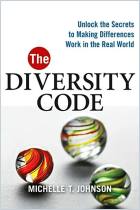
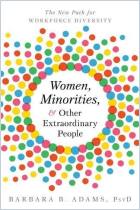
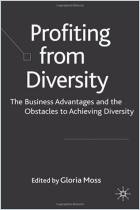
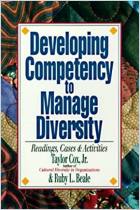
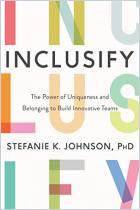
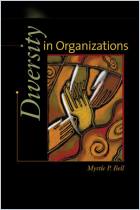



Comment on this summary